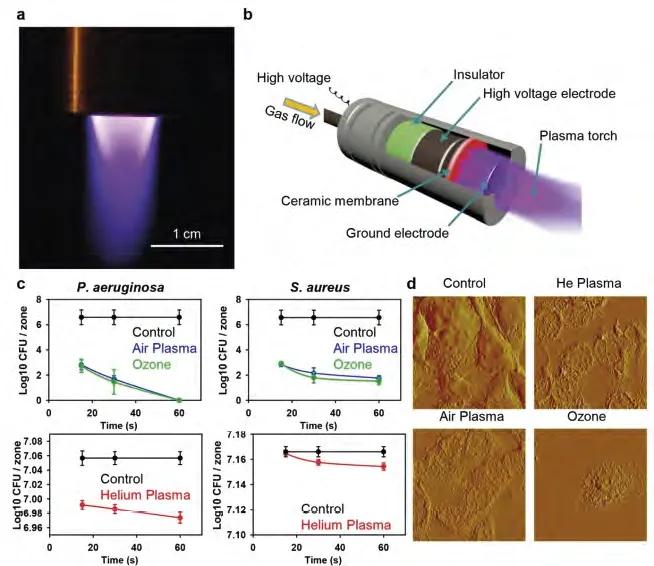Text
Currently, interest in biomedical applications of low temperature plasmas is rapidly growing. However, the understanding of the molecular mechanisms behind low temperature plasma cellular effects remains a significant challenge. In a recent study, we showed how different low temperature plasmas induce cell death via the formation of multiple intracellular reactive oxygen/nitrogen species. Our results suggest that the biological response to low temperature plasma treatment greatly depends on: cell type, chemical composition of plasma and exposition length. Variation of these parameters enables purposeful use of low temperature plasma in broad range of biomedicinal applications.
